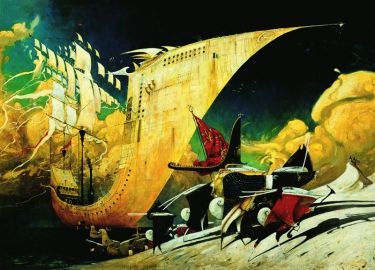
Arts & Culture
Alice Pung on John Marsden
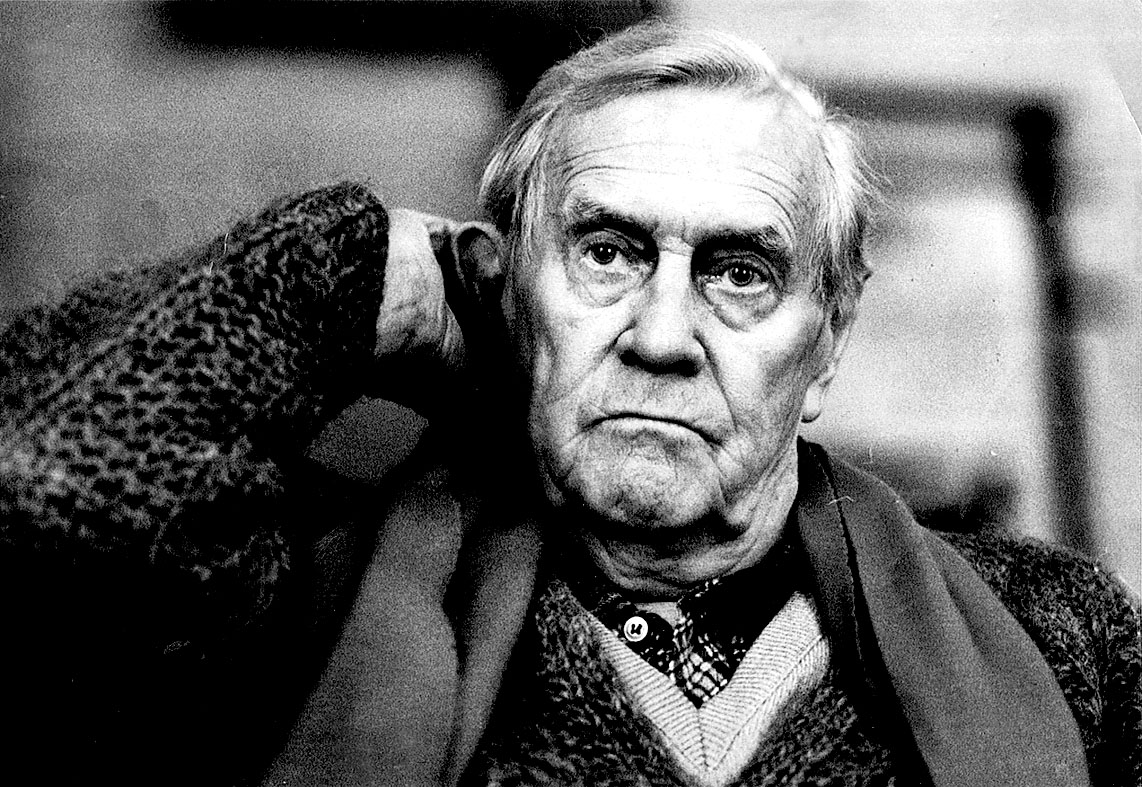
A Q&A with author Christos Tsiolkas discussing his love affair with the works of Patrick White; part of a collaboration between the University of Melbourne, the State Library Victoria and independent publisher Black Inc called Writers on Writers - where modern authors reflect on the influence of their heroes
Published 14 May 2018
In a sense our view of a writer’s work will change as cultures shift and transform in history. If I had been asked this question when I was a young student at Melbourne Uni, doing Arts, I might have responded lazily that he was irrelevant, one of the “dead white males”.
Why that would be have been lazy is that it would have come from ignorance.

In reading him over the last few years I realise he is one of the great prose writers in English of the 20th Century. That doesn’t mean we can’t approach him critically but we should also do so, if we are critics, diligently and I think sympathetically; as he was one of our first writers to come to grips with what this continent is. As readers and writers what we find in reading him is inspiration.
That’s a bit polemical, isn’t it?

Arts & Culture
Alice Pung on John Marsden
I guess I get frustrated that there is sometimes a self-consciousness to Australian criticism that is always looking over its shoulder to see what the fashion is in London or New York. Once that was called the “cultural cringe”.
Hopefully that is being muted now that so many of us who are Australians come from so many places in the world. I have had conversations in Mumbai, Greece, Germany and Mexico about White’s writing, with Indians, Greeks, Germans and Mexicans who adore his work. They understand he is Australian but they are responding to his words and his art first. That is the most important thing about him.
The adjective “Australian” is only useful when we want to dig deeper into how he emerged and developed as a writer.
All of us as readers will have our own individual responses to a writer’s work. I’m aware that there will be critics and readers who will argue that other works of his are “finer” or more “perfect” novels. But for myself it is these three works of his that astonished me and made me fall in love with Patrick White’s writing.

I suspect that there is a spiritual grace to these three novels that I responded to, that they are works of art infused with awe and compassion even when – as in The Eye of the Storm – he is at his most biting and satirical. I think all three are deeply humanist novels.
My own sense of exclusion growing up in this country came from both being a child of immigrants and also from my coming to terms with my homosexuality as an adolescent and as a young adult. So, of course, I am drawn to works that speak from the outsider position. But that attentiveness to being an “outsider” is something that so many novelists share.
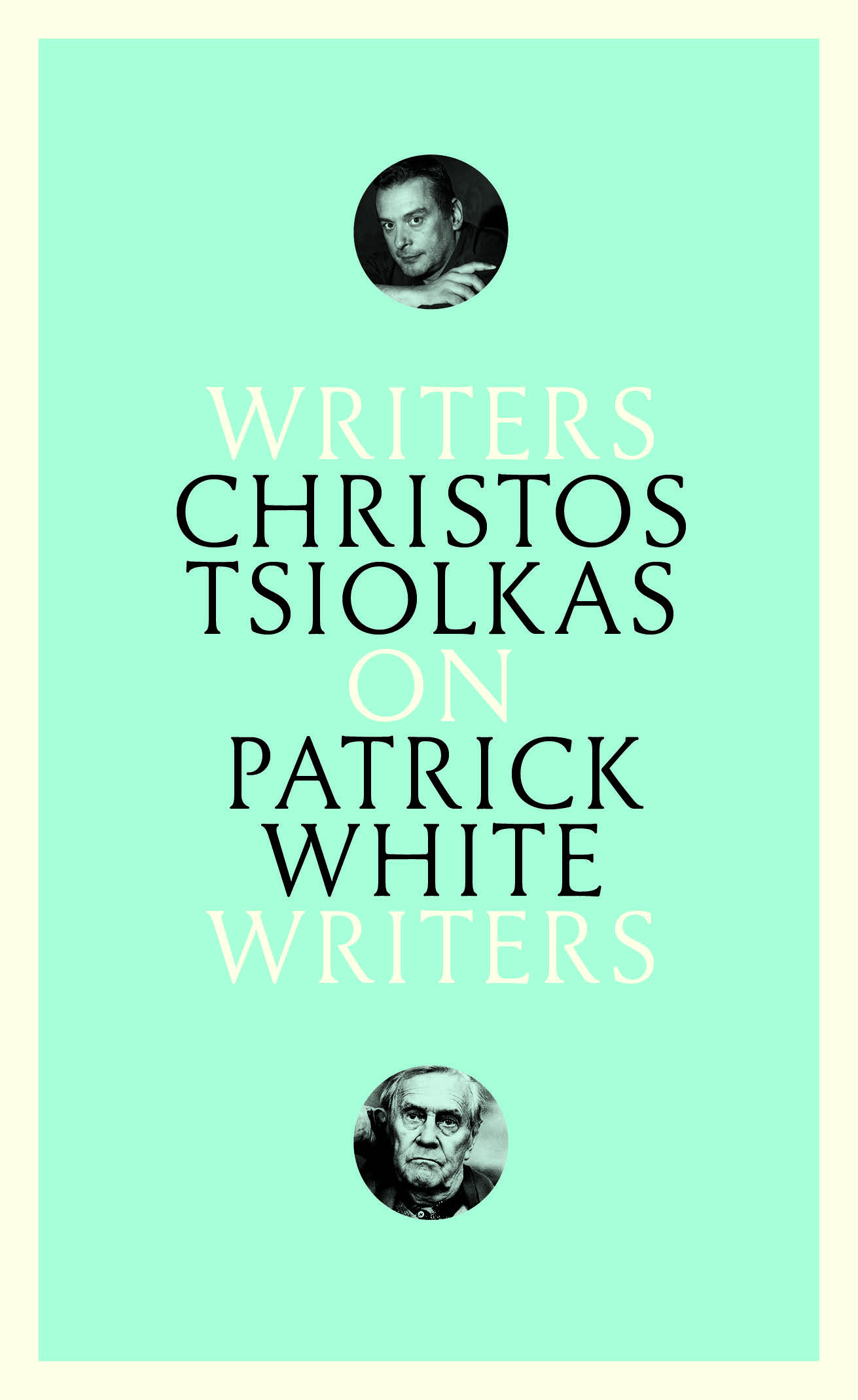
White was writing in the 20th Century and it seems to me that existentialism was a pivotal influence in his development as an artist. The outsider figures in all his work. What he achieved, I think, is creating a language that was secular and realist but also sensitive and responsive to the emotions and wonderment that come from religious and spiritual understandings of the world.
His greatest characters are always outsiders and they, each and every one of them, undergo moments of transcendence that bring to greater understanding of compassion, of love, of suffering and of joy.
The landscapes that we live in seep into our bones.
Speak to any Australian who has returned after spending time away in Asia, say, or in Europe, and they always speak in wonderment about the Australian light, about Australian space. I think White was one of our first writers to make that wonderment part of his language. This centrality of landscape to imagination is, of course, not particularly Australian: all great artists respond to the sensual world around them.
White was aware too of the brutality that was in the Australian landscape. A brutality that comes from our violent and ugly colonial history, but also a brutality that is there in the harshness of the desert landscape, in the violence of the ocean.
He is a beautiful writer, a precise and eloquent writer, but there is also coarseness and savagery in his work. One of the great joys of reading him has been responding to the eroticism in his work. And as in all eroticism there is an element of the dangerous there. That too is connected to our landscape and to our history.

I think I state it in the essay: as a writer reading a great writer makes you want to be better, it makes you want to be braver.
It has been my contention for a long while that we Australian writers need to be more responsive to how the English language works on our continent, how it has been transformed through our history – our Indigenous histories, our colonial histories, our multicultural histories – and that we should not be trying to emulate an English that belongs to the Brits or to the North Americans. That we need to write in our own voice, an Australian English. I think that White was acutely aware of this.

Health & Medicine
It takes two to write and laugh
On his return to Australia from England and from World War II, his writing changed, it became richer and stronger and tougher. In part this was the influence of the war, and, most importantly, his falling in love with Manolis Lascaris who introduced him to the history and spirituality of the Orthodox Christian worlds.
But it was also, I believe, a response to understanding that he was not an “Englishman”, that he was an Australian and as an Australian his could not be an Englishman writing.
Often we read for pleasure, to be lost in the world of imagination.
But there are some great works of literature that require us to work, to try and understand the risks that an artist is taking. The Aunt’s Story is not an easy book in the same way that Woolf’s The Waves or Joyce’s Ulysses is not an easy book - or to take a much more contemporary example, the way that David Peace’s Red or Dead is not an easy book.
In terms of my own individual history, I read The Aunt’s Story when I was very young and as I explain in the essay I had to struggle and work to understand it, to make the book “open up” for me. One of the ways I found to unlock its mysteries was to start reading it out loud. Once I did that I heard White’s voice and that of Theodora’s clearly, the book began to sing.
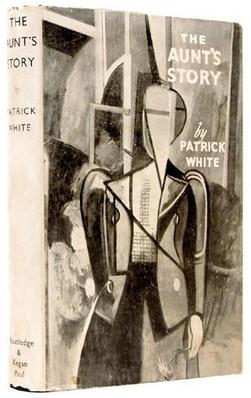
It’s possible that, again, landscape is partly responsible for this. We are a vast continent but we are also an island. There is a sense of our feeling isolated from the world. And of course we are a colonial nation, one founded on a great dispossession.
We have yet not come to terms with that history and I believe that until we do so we will remain immature in our politics. Patrick White definitely understood this.
The sign of this immaturity is that Australians seem to be split between those who believe this continent is “God’s own country” and those who think it is a wretched and racist hole. Both those extremes are signs of our immaturity.
Maturity comes from understanding oneself in all one’s failures and all one’s strengths. I don’t think we are there yet as a nation.
Impossible question. That’s one for the critics.

There are two great ills that one must be conscious of as a writer. The first is envy and the second is self-congratulation. They are intertwined and both lead to selfishness and a constriction of the imagination. They also make you less generous as a human being.
We are all human, and of course the glittering prizes are attractive, as is material success. But they are also ephemera. Waldo’s tragedy is that he doesn’t understand this, he is a character destroyed by his envy, an envy that poisons all his relationships in the world.
An Australian who writes. I am wary of prescriptive definitions of what makes a work “Australian”. I don’t believe there is such a thing as an “Unaustralian” Australian and equally there is no such thing as an “Unaustralian” Australian writer.
I think that Orthodoxy gave White a language through which to communicate human yearning and human wonderment.
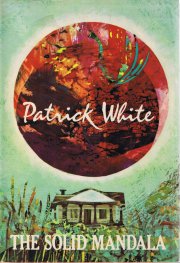
Unlike Protestantism, there is a great mystical tradition in Orthodoxy and I think that is something he learnt from, or that he responded to, in Manolis. There is also the tradition of the Holy Fool in Orthodoxy that I think is there in some of White’s greatest characters.
I think the western Christian traditions turned away from the world, or developed into philosophies or traditions that were about “changing the world”. Whereas the mystical tradition in Orthodoxy is about being transfigured by the beauty of the Godhead in the world.
It was one of the first things that I responded to in White, when I read The Tree of Man, of how his work reminded me of the great Russian novelists or the works of Nikos Kazantzakis, the Greek writer.
I want to be clear that White was never an Orthodox Christian but I think he was creatively stimulated by something in that religion that fired his imagination and influenced his work.
Again, I don’t think this understanding can be separated from his relationship with Lascaris. They were lovers for decades and through Manolis Lascaris, White came to understand something of the experience of the migrant and the exile.

Arts & Culture
Art on the page
Lascaris was a refugee from the Ottoman world, a world that had disappeared, and then also an exile as a migrant in Australia. There’s an element of melancholy and nostalgia that is the inheritance of every migrant and refugee.
What I think is remarkable about White’s work is that it is imbued with this understanding, from The Aunt’s Story onwards. It is in White’s own letters and in his autobiography, of how much this understanding came from being Lascaris’s partner.
I think it was one of the great gifts that Lascaris bestowed upon White, this understanding of exile. And as so many of us are descendants of migrants and refugees, this understanding, when we read White, is bestowed to us.
University of Melbourne alumnus, Christos Tsiolkas, writes about his year spent reading Patrick White, of his ‘discovery and rediscovery of White as a writer’ encapsulated in his new release Christos Tsiolkas on Patrick White. It is the third book in the Writers on Writers series, where each book features a single essay by one Australian writer on another. It is published by Black Inc. in association with the University of Melbourne and State Library of Victoria. Now available from all good book retailers - RRP $17.99.
Banner image: Fairfax Photos